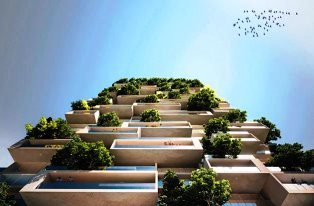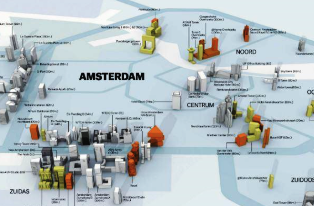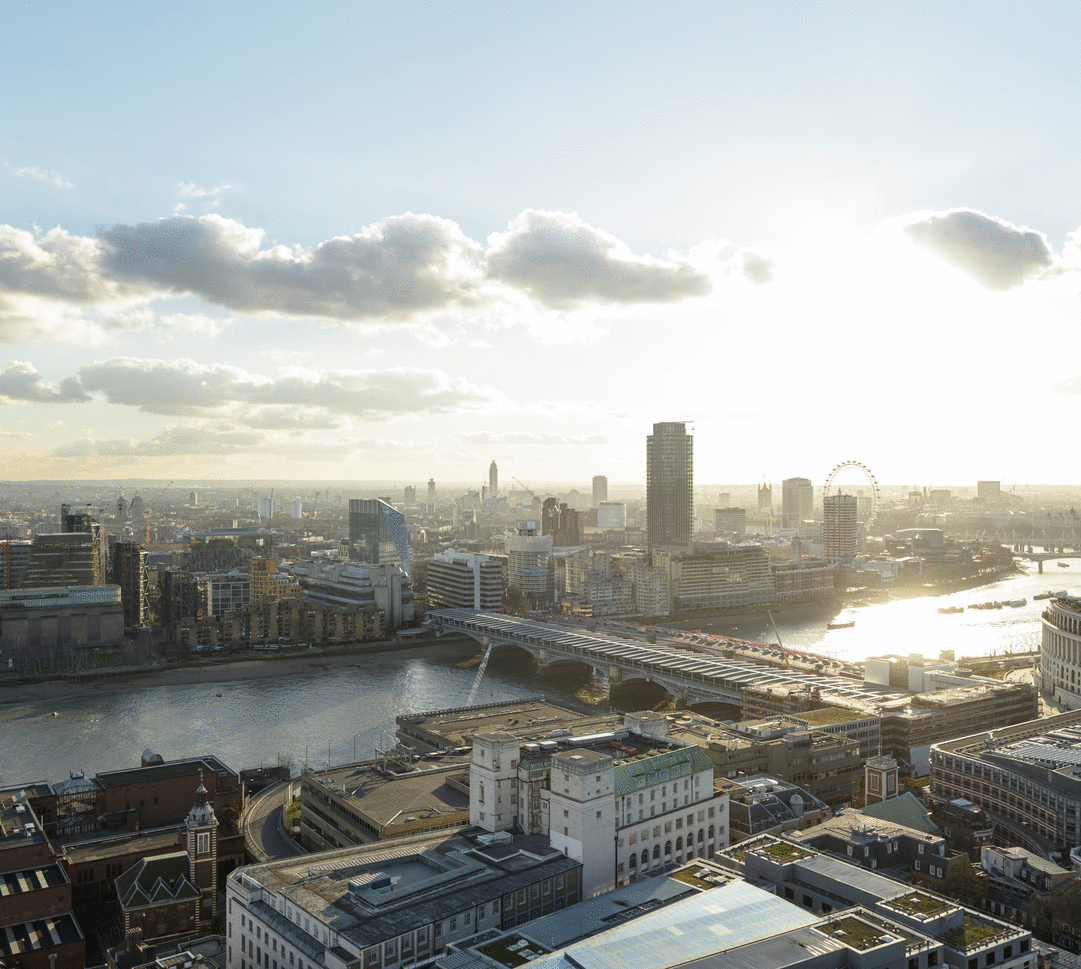 Stefano Boeri, an architect from Italy, has come up with the concept of a residential skyscraper that looks similar to an enormous jungle. Extending for a length of 117 meters, it will be built in Lausanne, Switzerland and will contain over 100 cedar trees, 6000 shrubs and 18,000 plants, which will be spread across an area of 3000 square meters. It will also be called as The Cedar Trees Tower, or La Tour des Cedres. It will be the first building in the world to be filled with evergreen trees and residents staying in any floor would be able to be close to trees. This structure will come up in the Chavannes-Pres-Renes district and will be a residential apartment overlooking the Lake Geneva. This building will also comprise of gyms, offices and a restaurant offering a scenic view of the entire area around. When constructed, this will be the second building planned by Boeri that is rich in biodiversity. Read on >>>
Stefano Boeri, an architect from Italy, has come up with the concept of a residential skyscraper that looks similar to an enormous jungle. Extending for a length of 117 meters, it will be built in Lausanne, Switzerland and will contain over 100 cedar trees, 6000 shrubs and 18,000 plants, which will be spread across an area of 3000 square meters. It will also be called as The Cedar Trees Tower, or La Tour des Cedres. It will be the first building in the world to be filled with evergreen trees and residents staying in any floor would be able to be close to trees. This structure will come up in the Chavannes-Pres-Renes district and will be a residential apartment overlooking the Lake Geneva. This building will also comprise of gyms, offices and a restaurant offering a scenic view of the entire area around. When constructed, this will be the second building planned by Boeri that is rich in biodiversity. Read on >>>
De skyline van Amsterdam
 Van boven is Amsterdam een zee van laagbouw met hier en daar een toren. Maar de skyline van de stad verandert snel. Komende jaren komen er meer dan 25 torens bij. Is dat eigenlijk veel en hoe verandert dit het beeld van de stad?
Van boven is Amsterdam een zee van laagbouw met hier en daar een toren. Maar de skyline van de stad verandert snel. Komende jaren komen er meer dan 25 torens bij. Is dat eigenlijk veel en hoe verandert dit het beeld van de stad?
Om te zien hoe de skyline van Amsterdam verandert, moet je eigenlijk niet op een toren klimmen, maar juist op de grond blijven en kijken waar hekken en borden verschijnen, waar heimachines stampen en betonvlechters in de weer zijn.
De skyline van Amsterdam verandert in hoog tempo door journalist Tijs van den Boomen
More tall buildings planned for London
 A new report released the 9th of March, 2016, reveals there are an additional 119 new tall buildings planned for London since this time last year. This takes the total number of tall buildings in the pipeline to 436. The research, which is updated annually, is published by New London Architecture (NLA) and GLHearn (part of Capita Real Estate) and includes buildings of 20 floors and over.
A new report released the 9th of March, 2016, reveals there are an additional 119 new tall buildings planned for London since this time last year. This takes the total number of tall buildings in the pipeline to 436. The research, which is updated annually, is published by New London Architecture (NLA) and GLHearn (part of Capita Real Estate) and includes buildings of 20 floors and over.
‘This survey provides a snapshot of the changing shape and scale of 21st century London. The pipeline of tall buildings continues to grow, although their listing here is no guarantee that they will all be built. A softening of the top end of the housing market, a resurgence in demand for commercial property, and the uncertainties surrounding the EU referendum all complicate the forecasting of completion dates for this current crop of tall buildings. It will be a couple of decades before we see their full impact. Towers take longer to build than lower buildings and they are impossible to phase; following the financial crash of 2007-8, a number of tall buildings were put on ice thus extending their delivery time – The Leadenhall Building took some 14 years from design to completion, and 20 Fenchurch Street took over a decade. The developer of the Greenwich Peninsula, where some 32 towers are proposed, is looking at a 20-year phased programme.’
‘Contemporary tall buildings are an efficient use of land that can provide high quality homes, a range of uses and very significant wider planning benefits. Well-designed tall buildings, in the right location, should be a really positive addition to London as a global city. This Survey provides a valuable insight into what is actually happening in terms of proposals for tall buildings in London. Taking into account the total estimated pipeline of tall buildings, it is clear that the majority are located within key clusters around London, mainly within the Opportunity Areas that have been identified by the Mayor as locations capable of making a significant contribution to London’s needs for new homes and jobs.’
